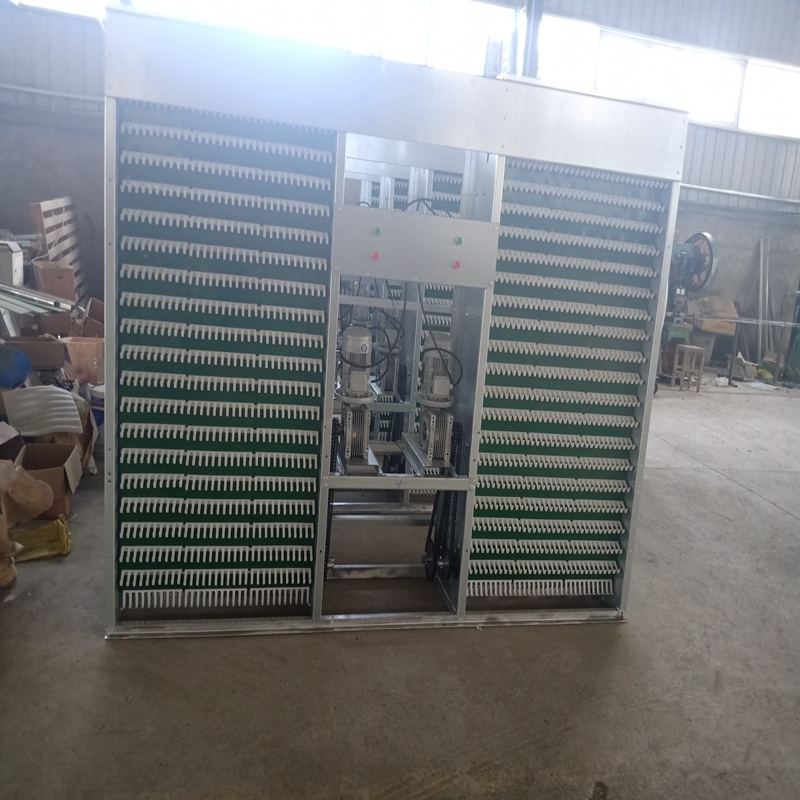Designing Efficient and Sustainable Commercial Poultry Housing Solutions for Modern Farming
Nov . 09, 2024 23:23 Back to list
Designing Efficient and Sustainable Commercial Poultry Housing Solutions for Modern Farming
The Evolution and Importance of Commercial Poultry Houses
As the global demand for poultry products continues to rise, the commercial poultry industry plays a vital role in meeting these needs. Central to this industry are poultry houses, specialized structures designed to raise chickens, turkeys, and other birds for meat (broilers) or eggs (layers). The design and management of these facilities have evolved significantly over the years, reflecting advancements in technology, animal welfare standards, and sustainability practices.
Historical Perspective
The commercial poultry industry has its roots in small-scale, backyard farming. However, as urbanization progressed and the need for food security increased, poultry farming transitioned to a more industrial scale. The early 20th century saw the introduction of indoor poultry housing, which mitigated the risks associated with external environmental factors, such as weather and predators. By sheltering birds in dedicated structures, farmers could better control breeding, feeding, and overall management.
Design and Structure
Modern commercial poultry houses are designed with functionality and efficiency in mind. Typically built as long, narrow structures to maximize space, these houses can accommodate thousands of birds. Key elements in their design include
1. Ventilation Systems Proper airflow is crucial for maintaining a healthy environment for the birds. Advanced ventilation systems are now employed, utilizing fans and heating/cooling systems to regulate temperature and humidity, ensuring optimal conditions for poultry health and productivity.
2. Lighting Artificial lighting plays a significant role in stimulating growth and egg production. Controlled lighting systems are implemented to mimic natural daylight cycles, promoting better feed conversion rates and healthier birds.
3. Nesting and Roosting Areas For layer houses, providing adequate nesting boxes and roosting bars is vital for encouraging natural behaviors, which enhances productivity and bird welfare.
4. Feeding and Watering Systems Automated feeding and watering systems ensure that birds receive consistent nutrition, reducing waste and labor costs. These systems are designed to cater to the specific needs of different bird species and ages.
commercial poultry houses

Animal Welfare Considerations
In recent years, there has been a growing emphasis on animal welfare in poultry production. Consumers are increasingly aware of how food is sourced, and there is a demand for ethical farming practices. Commercial poultry houses are now required to adhere to strict welfare standards that focus on the birds’ physical and psychological needs.
This includes ensuring adequate space, environmental enrichment, and humane handling practices. Facilities are being designed or retrofitted to ensure better living conditions, which can lead to healthier birds and ultimately higher-quality products.
Sustainability and Environmental Impact
With the rise of environmental consciousness, the poultry industry is seeking sustainable practices to reduce its carbon footprint. Modern poultry houses often incorporate energy-efficient technologies, such as
- Solar Panels Utilizing renewable energy sources can significantly decrease reliance on fossil fuels and reduce operating costs.
- Waste Management Systems Proper waste management is crucial for minimizing environmental impact. Many commercial poultry houses implement sustainable waste disposal methods, converting manure into organic fertilizers or energy sources.
- Water Usage Efficiency Advanced watering systems significantly reduce water consumption, helping to conserve this precious resource.
Conclusion
In conclusion, commercial poultry houses are at the forefront of the poultry industry, representing a convergence of technology, animal welfare, and sustainability. As the industry continues to evolve, these facilities will be pivotal in addressing the growing global demand for poultry products while ensuring ethical treatment of animals and minimal environmental impact. The future of commercial poultry housing will likely embrace even more innovations, driven by consumer preferences and regulatory requirements, paving the way for a responsible and efficient poultry industry.
-
Automatic Feeding Line System-Pan Feeder Nipple Drinker|Anping County Yize Metal Products Co., Ltd.
NewsJul.29,2025
-
Hot Sale 24 & 18 Door Rabbit Cages - Premium Breeding Solutions
NewsJul.25,2025
-
Automatic Feeding Line System Pan Feeder Nipple Drinker - Anping County Yize Metal Products Co., Ltd.
NewsJul.21,2025
-
Automatic Feeding Line System Pan Feeder Nipple Drinker - Anping County Yize Metal Products Co., Ltd.
NewsJul.21,2025
-
Automatic Feeding Line System - Anping Yize | Precision & Nipple
NewsJul.21,2025
-
Automatic Feeding Line System - Anping Yize | Precision & Nipple
NewsJul.21,2025






